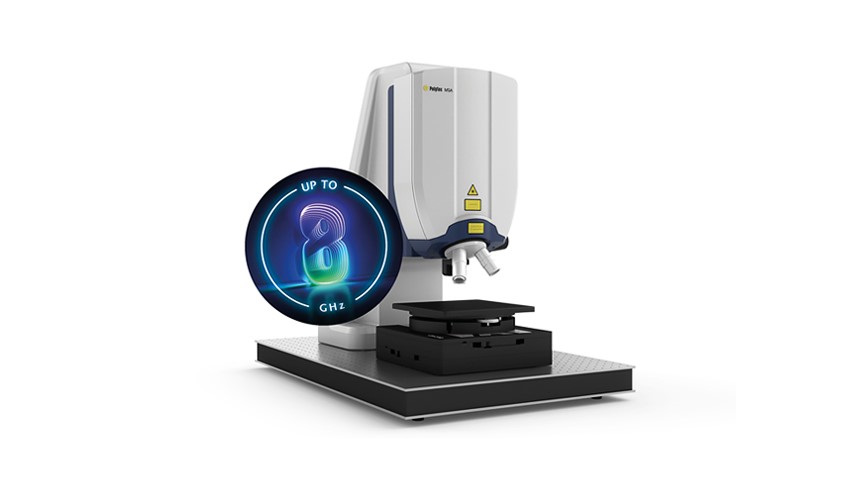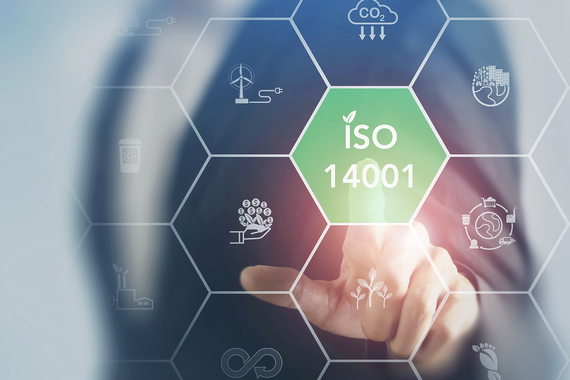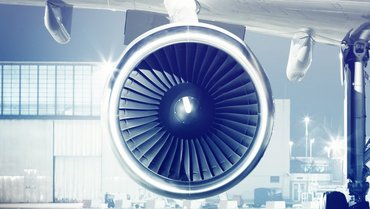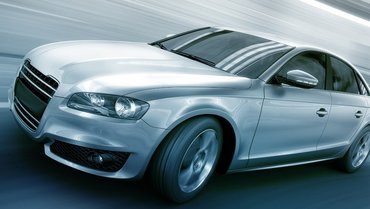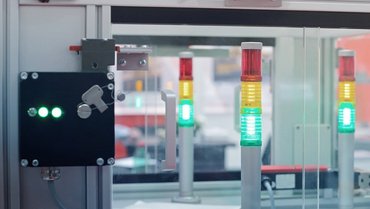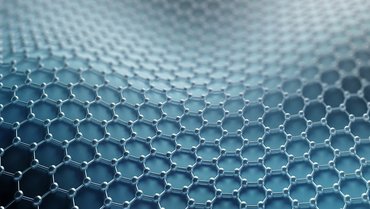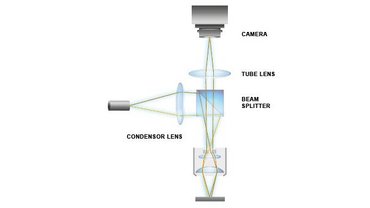Non-contact vibration measurement
Polytec manufactures a wide range of laser vibrometers that are the acknowledged gold-standard for non-contact vibration measurement. No matter what your measurement needs are in research, development and production or even for long-term monitoring, there is a Polytec system that provides the answer. Laser-Doppler vibrometers analyze samples of different size, from entire car bodies, large aerospace parts over engines and actuators to micron-sized MEMS or biomedical specimen and components.
Numerous research applications in mechanical and civil engineering, biology and medicine benefit from testing and measuring with non-contact vibrometry. Polytec laser vibrometers easily master challenging conditions like measuring on hot surfaces, on rotating parts, and characterize complex and sensitive structures even in the ultrasonic frequency range. Polytec laser vibration sensors help to solve your measurement task fast and precisely.
NEW: VibroScan QTec
The new standard for full-field vibration scanning: with the new VibroScan we push reliability, flexibility and speed to the next level. With IR or HeNe even the toughest measurement tasks can be mastered.
Laser vibrometry focusing on the small details
Characterize small and delicate structures in a non-contact way. Analyze vibration, acoustics and dynamics. Measure biomedical samples, electronics components and microstructures like MEMS by light, without mass-loading, and from DC up to the GHz range on a large bandwidth. Laser vibrometers focus on the small details, measuring deflection shapes for model validation. They assess the frequency response and determine resonance frequency, impulse response and Q factor. No matter how big or small – Polytec vibrometers measure it!
Do you have questions about laser vibrometry?
Environmental commitment according to ISO 14001
We at Polytec proudly announce our certification according to both ISO 14001 and ISO 9001. These certifications reflect our strong commitment to quality and to our environmental responsibility – cornerstone of our continuous improvement process. Thanks to our team and external partners for their dedicated support!

Measurement, rental, calibration and more services
Our engineering services cover a wide range of applications, either onsite or in our laboratories. Contact us for planning your system calibration or rent cutting edge laser measurement equipment. Our experienced application engineers are pleased to help, measure and test for you. For comprehensive studies, rent the RoboVib® structural test station!
Laser vibrometry for measuring vibration, acoustics and dynamics
Laser vibrometry from Polytec defines the established gold standard in optical vibration measurement. Poltyec customers benefit from a comprehensive range of testing solutions for almost every analysis and testing task in research, product development, production testing and condition monitoring with regard to vibration, acoustics and dynamics. Laser Doppler vibrometers are optical precision tools for the non-contact investigation of the dynamical or acoustic properties of test object.
What is the advantage of laser vibrometry?
Laser vibrometry is a non-contact, optical measurement method that is particularly suitable for measuring vibration processes, where even the slightest contact on the test specimen causes influence on the behavior, surface or mechanical properties during testing. Laser vibrometry takes over where alternative measurement methods such as accelerometers reach limits. Contacting methods sometimes require complex cabling and installation effort or might even not be applicable. Laser vibrometry detects mechanical vibrations and structure-borne noise over a wide frequency range, reaching from the acoustic to the GHz regime, while showing a very linear phase characteristic with impressive amplitude accuracy. Especially for the measurement of air and fluid vibrations or vibrations of very delicate, light or biological samples, only non-contact laser vibrometry is suitable.
How does laser vibrometry work?
The basis of laser Doppler vibrometers is the Doppler effect. When light is scattered back by a moving object, its frequency changes, too. The highly accurate laser interferometer measures even the smallest frequency changes. The laser beam is split into a reference and a measurement beam, with the reference beam pointing directly to the photodetector. The measurement beam is directed to the target, where it is scattered by the vibrating surface. Depending on the velocity and deflection of the measuring object, the backscattered light receives a change in frequency and phase and thus contains the entire information about its motion and vector. The two beams are superimposed on the photodetector, resulting in a motion-dependent modulation of the detector signal. From this, the vibration velocity and deflection of the measured object are determined electronically.
More about laser Doppler vibrometry
Where to use laser vibrometry?
In industrial research and development, laser vibrometry is used to examine objects of very different sizes - from entire car bodies, aircraft parts and engines to tiny microsystems responsible for making our mobile devices smart and classically in hard disk components. In addition, there endless research applications in biology, medicine, technical acoustics and many other fields. Laser Doppler vibrometers are also used for industrial quality assurance like in end-of-line testing or for condition monitoring. Even on red-hot objects, rotating components, ultrasonic tools and complex or sensitive structures, laser vibrometry is the key for measuring, analyzing and improving technology and production.
More about the applications of optical vibration measurement




